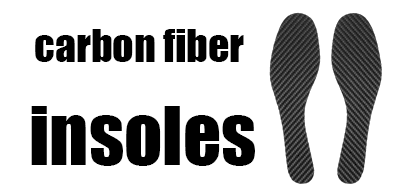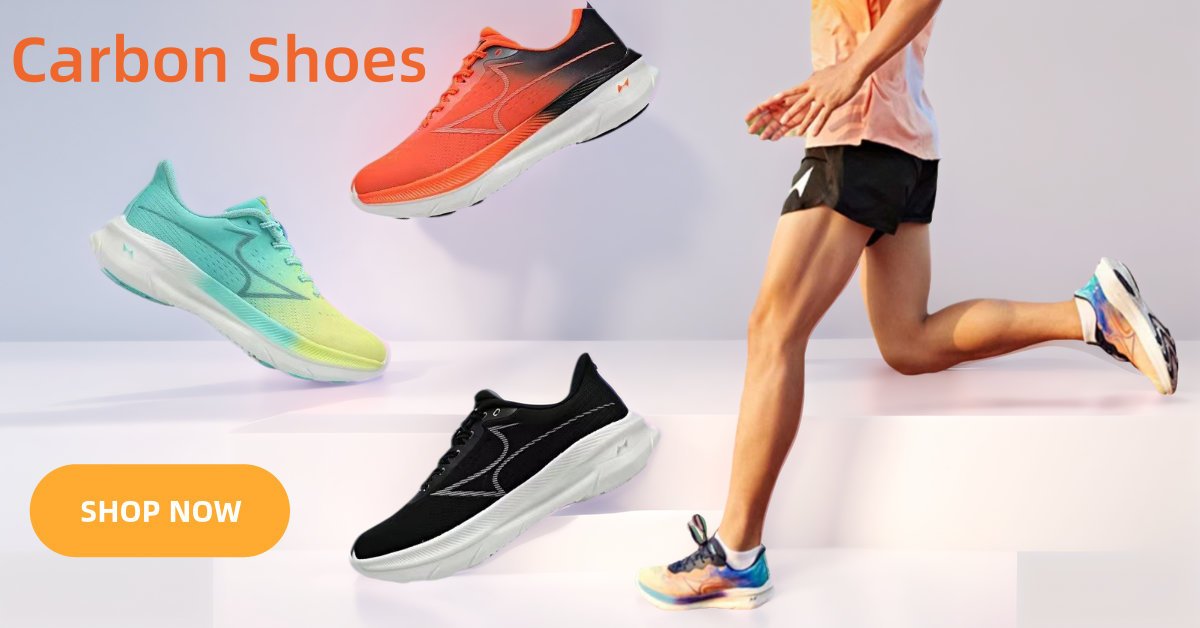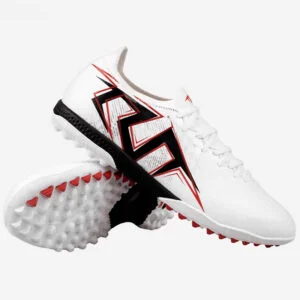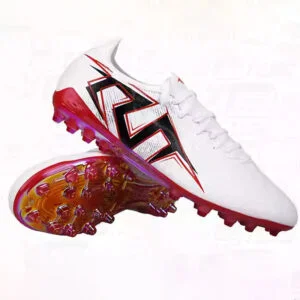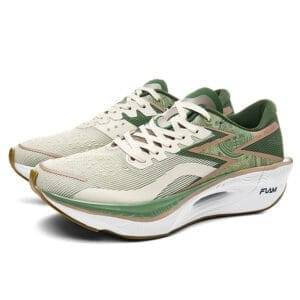If you’re a runner struggling with plantar fasciitis or chronic foot fatigue, you’ve likely tried stretching, ice packs, and orthotics—but have you considered carbon plate running shoes? Once reserved for elite athletes, carbon plate shoes are now helping everyday runners reduce pain, improve efficiency, and reclaim their stride.
In this guide, we’ll explore:
How running shoes with carbon plate combat plantar fasciitis
The science behind carbon fiber’s fatigue-fighting properties
Top features to look for in carbon plate running shoes
Real-user experiences (and podiatrist insights)
Why Plantar Fasciitis Runners Need Carbon Plate Shoes
Plantar fasciitis—inflammation of the foot’s connective tissue—strikes when repetitive impact overwhelms the arch. Traditional cushioned shoes absorb shock, but carbon plate shoes go further:
1. Rigidity = Arch Support
The embedded carbon fiber plate acts like a “springboard,” reducing strain on the plantar fascia by stabilizing the foot’s roll from heel to toe. A 2021 Journal of Sports Sciences study found runners in carbon plate shoes experienced 17% less arch deformation versus standard shoes.
2. Energy Return Cuts Fatigue
Carbon fiber’s “rebound effect” propels you forward with less muscle effort. For plantar fasciitis sufferers, this means:
Fewer microtears from overworked foot muscles
Reduced post-run soreness (especially in heels)
*“After switching to running shoes with carbon plate, my 5AM ‘first-step pain’ vanished. The plate doesn’t just cushion—it works with your foot.”*
—Mark T., marathoner (UK)
The Science: How Carbon Plates Protect Your Feet
Biomechanical Advantages
Metatarsal Relief: The plate disperses pressure away from the forefoot (common pain zone for plantar fasciitis).
Reduced Achilles Strain: A stiff plate minimizes ankle flexion, lowering calf tension.
Material Matters
Not all carbon plates are equal. Look for:
Full-length plates (not segmented) for even force distribution
Curved designs (like a spoon) to enhance toe-off
Podiatrist Tips: Maximizing Carbon Shoes’ Benefits
Dr. Emily Hart (DPM, Boston Sports Medicine) advises:
Transition Slowly: Start with 1–2 short runs/week to adapt to the plate’s stiffness.
Pair with Stretching: Calf raises and towel stretches amplify the shoes’ effects.
Replace Sooner: Worn-out foam shifts stress back to the plantar fascia.
Real Runners, Real Results
Case Study: Sarah L., 42 (Germany)
Issue: Chronic plantar fasciitis from road running
Solution: Switched to carbon plate shoes + nightly rolling
Outcome: “Within 6 weeks, I ran pain-free for the first time in years.”
FAQ: Carbon Plate Shoes for Foot Health
Q: Can carbon plates cause pain?
A: Only if you ramp up mileage too quickly. Their stiffness demands an adjustment period.
Q: Are they good for walking?
A: Yes—but prioritize models with moderate flexibility
Q: How long do carbon plates last?
A: ~300–500 miles before rebound degrades.
Final Step: Try Carbon Plate Shoes Risk-Free
At CarbonFiberInsoles.shop, we offer:
30-day comfort guarantee
Free Shipping in EU/US
Expert-fit guides (because sizing matters!)
👉 Explore Carbon Plate Running Shoes Now
